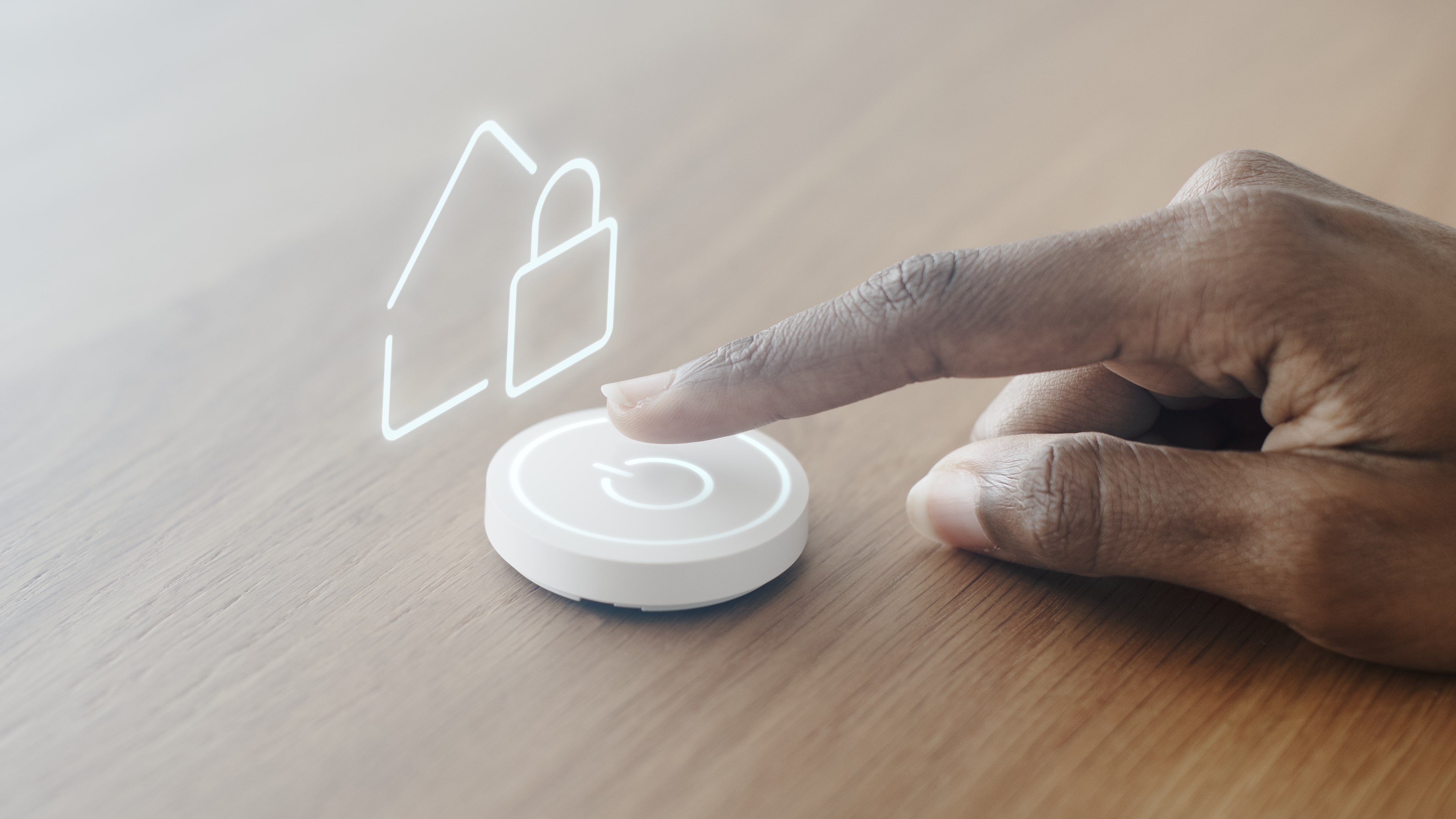Cyber Privacy: How to Protect Your Online Identity


As our lives become increasingly relied on technology, the protection of personal and financial information has emerged as an important concern. The increase of data breaches, cyberattacks, and unauthorized data collection efforts highlights the critical need for robust privacy practices.
Invasions of online privacy can have serious offline consequences. For example, lower levels of happiness and higher levels of anxiety have been linked to privacy concerns, which can affect psychological well-being. Additionally, companies with inadequate data privacy practices are 80% more likely to suffer a data breach than those with the highest-ranked privacy practices, potentially leading to fines seven times larger than companies with the best scores in the event of a breach.
It is essential to understand the general domains in which people want their privacy protected, as this will allow researchers to develop effective strategies for protecting privacy in both online and offline environments. By prioritizing privacy practices, companies can reduce the risk of security incidents and demonstrate trustworthiness to their customers.
Understanding Your Online Identity
Online identity refers to the representation of an individual's persona or entity on the Internet. This identity is constructed through various online activities. It envelops many forms including social media profiles, where individuals share personal information, photos, and connect with friends and family; online shopping behavior, which includes the tracking of purchase history and preferences; browsing history, which captures the websites and topics an individual is interested in; and other digital interactions like commenting on forums, playing online games, or participating in virtual communities. Each of these components contributes to the digital persona of an individual, painting a comprehensive picture of their interests, habits, and preferences as they navigate through the online world.
The risks associated with an exposed online identity include:
- Identity Theft: Malicious actors can use personal information found online to impersonate individuals, gaining access to their financial accounts, personal data, and other sensitive information.
- Fraud: Information from online identities can be used to commit various forms of fraud, such as opening fraudulent accounts in someone's name, scamming others, or making unauthorized purchases.
- Loss of Privacy: An exposed online identity can lead to a loss of privacy, where personal information, habits, and preferences are accessible to the public or malicious entities, leading to potential stalking, harassment, or unwanted targeted advertising.
- Reputational Damage: Personal content or information shared online can be misused or taken out of context, leading to reputational harm both personally and professionally.
- Security Risks: Exposed personal information can lead to security risks such as hacking, phishing attacks, and other cyberthreats, compromising personal and financial security.
- Emotional and Psychological Impact: The exposure and misuse of personal information can lead to stress, anxiety, and other emotional distress, affecting an individual’s well-being.
Common Threats to Online Privacy
Common Cyberthreats
- Phishing: A technique used by cybercriminals to deceive individuals into providing sensitive information, such as usernames, passwords, and credit card details, by masquerading as a trustworthy entity in an electronic communication, often via email.
- Malware: Short for malicious software, malware encompasses various types of harmful software, including viruses, worms, trojan horses, ransomware, and spyware, designed to infiltrate, damage, or disable computers and computer systems without the user's consent.
- Social Engineering: A manipulation technique that exploits human psychology rather than technical hacking techniques to gain access to buildings, systems, or data. This can include pretexting, baiting, and tailgating, which trick users into breaking security procedures.
- Ransomware: A type of malware that locks or encrypts the victim's data, demanding a ransom to restore access. It often spreads through phishing emails or by exploiting vulnerabilities in software.
- DDoS Attacks (Distributed Denial of Service): An attempt to crash a website or online service by overwhelming it with a flood of internet traffic from multiple sources. This prevents legitimate users from accessing the service.
- Man-in-the-Middle (MitM) Attacks: This occurs when attackers intercept and possibly alter the communication between two parties who believe they are directly communicating with each other.
The Impact of Data Breaches on Individual Privacy
Data breaches can have impacts on individual privacy, exposing sensitive personal information to unauthorized parties. The consequences can range from financial loss and credit damage to long-term identity theft. Victims may face years of monitoring and recovering their identity and credit, along with a loss of trust in digital services. Breaches also contribute to a societal impact, loss of confidence in how companies and organizations secure personal data. The psychological stress and anxiety resulting from being a data breach victim should not be underestimated, as individuals deal with the potential exposure of their personal lives and the uncertainty of their information's security.
Strategies for Protecting Your Online Identity
Strong Passwords and Authentication Methods
- Use Strong, Unique Passwords for Each Account: A strong password should be at least 16 characters long, include a mix of uppercase and lowercase letters, symbols, and numbers.
- Enable Multi-Factor Authentication (MFA) Wherever Possible: MFA requires a second form of identification in addition to a password, such as biometric characteristics, one-time codes, or physical hardware keys.
- Be Cautious of Phishing Scams: Phishing emails are a common tactic used by hackers to steal sensitive information. Always verify the sender's identity and avoid clicking on suspicious links or providing personal information.
Privacy Settings and Permissions
- Navigate Privacy Settings on Popular Platforms: Review and adjust privacy settings on social media and other online platforms to limit the amount of personal information shared publicly.
- Be Aware of Public Wi-Fi Networks: Public Wi-Fi networks can be used by hackers to intercept your data. Use a Virtual Private Network (VPN) to encrypt your internet traffic and protect your online activities.
- Use a Password Manager: A password manager can securely store all your passwords and sensitive information, making it easier to maintain strong, unique passwords for each account.
Secure Connections
- Use Secure, Encrypted Connections: Look for signs of encryption, such as the trusted security lock symbols and the extra “s” at the end of http in the URL or web address bar, when making financial transactions online.
- Install Security Suites: Security suites can protect your computer from malware, spyware, and other online threats.
- Turn on Web Browser Blacklisting: This allows you to set criteria for secure, trusted sites, preventing unauthorized access to your personal information.
Regular Monitoring and Updates
- Keep Software Up-to-date: Regularly update software and security features on all devices to ensure they are protected against the latest threats.
- Regularly Check Accounts for Unusual Activity: Monitor your accounts for any suspicious activity, such as unauthorized login attempts or unusual transactions.
- Use a Credit Monitoring Service: These services can alert you to any new accounts or credit inquiries opened in your name, which could be a sign of identity theft.
By following these strategies, you can reduce the risk of cyberattacks and protect your online identity.
Tools and Technologies for Reinforced Cyber Privacy
Privacy-reinforcing technologies are tools designed to protect online identity and reinforce cyber privacy. Some technologies include:
- Virtual Private Networks (VPNs)
- Privacy-focused browsers and search engines
- Anti-tracking tools
VPNs work by encrypting a user's location and web traffic, making it difficult for outsiders to see their online activity. However, their effectiveness in protecting online identity is not absolute, as they do not protect against all types of threats, such as viruses or nation-state surveillance.
Privacy-focused browsers and search engines are designed to minimize data collection and sharing. For example, Brave is a browser that blocks ads and trackers by default and offers privacy-focused features like fingerprint randomization and a built-in script blocker. DuckDuckGo is a privacy-based search engine that blocks trackers and assigns each website a privacy score, providing a transparent view of what each site does or tries to do with your data.
Anti-tracking tools are designed to prevent websites from tracking your online activity. For example, Brave blocks third-party trackers, and Vivaldi allows users to block third-party trackers as well.

.jpg)

